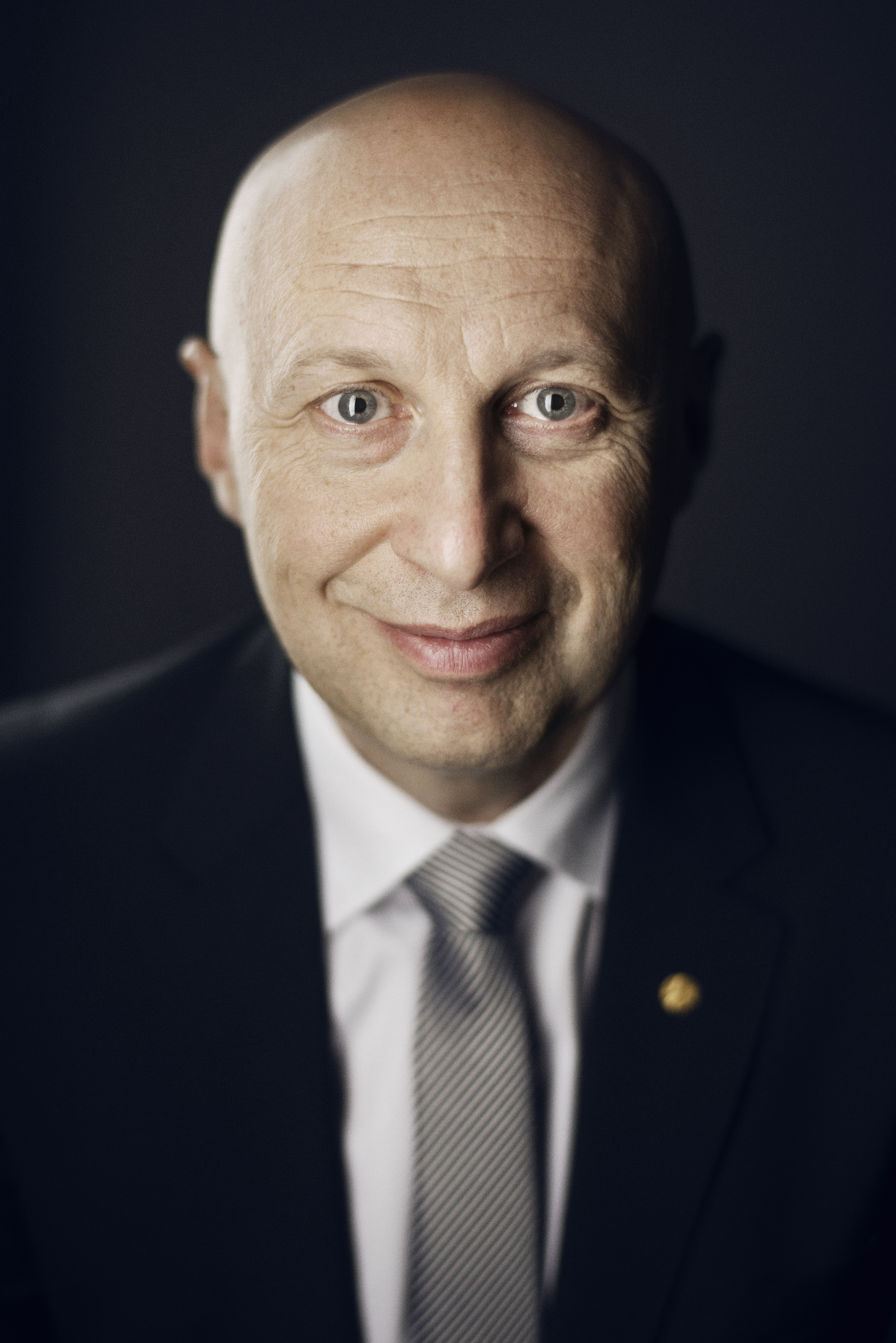Hell, Stefan (1962-…), a German physicist, shared the 2014 Nobel Prize in chemistry with the American physicists Eric Betzig and W. E. Moerner . The scientists received the prize for their work overcoming a physical limitation of the optical (visible light) microscope . The limitation, first stated by the German physicist Ernst Abbe , is that an optical microscope can never achieve a resolution smaller than 200 nanometers. Resolution describes a microscope’s ability to clearly distinguish details. A nanometer is 0.000000001 meter (1/25,400,000 inch). The three prize winners were able to bypass the limit, producing optical images with a resolution many times smaller. Their processes enabled the resolution of structures as small as individual molecules . The award recognized two different methods, one developed by Hell and the other developed by Betzig and Moerner.

After receiving his doctor’s degree in 1990, Hell began looking for a method of bypassing Abbe’s limit. In 1993, he accepted a position at the University of Turku in Finland, where he began working with fluorescence microscopy. This type of microscopy makes use of molecules that can be made to fluoresce (glow) when exposed to certain light. The fluorescent molecules may be chemically bound to certain other molecules in a cell , such as DNA . The fluorescent molecules can then be activated and their glow used to locate the bound proteins . The standard technique used at the time could not resolve images beyond Abbe’s limit. However, Hell devised a way to cause a portion of the sample just a few dozen nanometers across to fluoresce. By illuminating only such a tiny portion of the sample at a time, this technique can scan slowly across the sample to produce a high-resolution image.
Stefan Walter Hell was born on Dec. 23, 1962, in Arad, Romania. He attended the University of Heidelberg in Germany from 1981 until 1990, receiving a doctor’s degree in physics. From 1991 to 1993, he worked at the European Molecular Biology Laboratory in Heidelberg. He then moved to Turku from 1993 until 1996. After leaving Finland, he began working at the Max Planck Institute for Biophysical Chemistry in Gottingen, Germany, in 1997. He became director of the institute in 2002.
